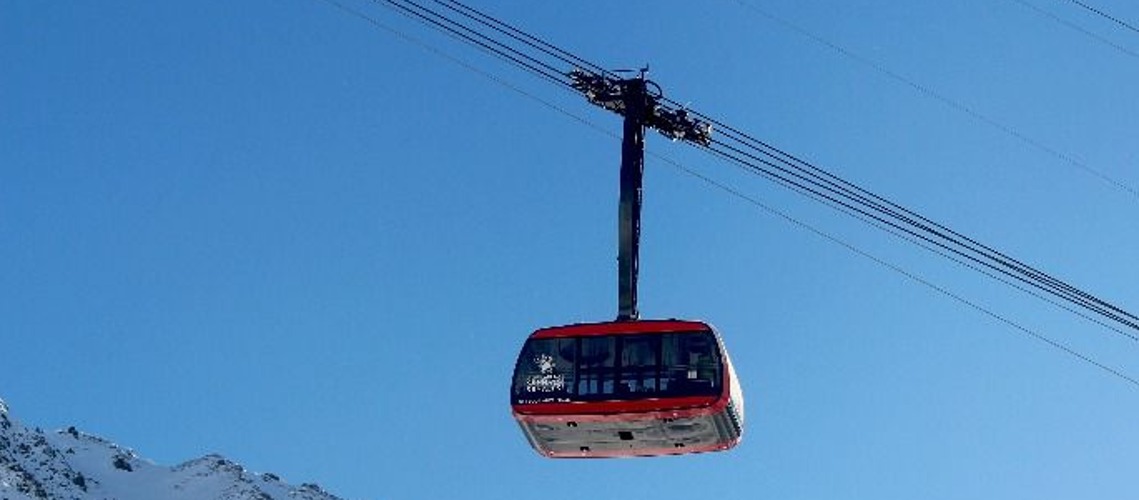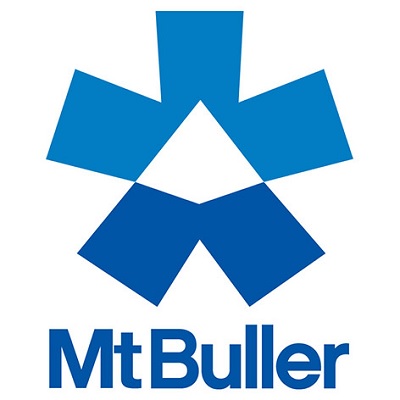Val Senales - Schnalstaler Gletscherbahnen: New “Kurzras - Grawand” Cable Car Opens

Schnalstaler Gletscherbahnen: New “Kurzras - Grawand” aerial tramway opened The official maiden voyage was recently rescheduled: celebratory atmosphere, laughing and amazed faces. After a short speech by the President of Schnalstaler Gletscherbahnen AG, Dr. Michl Ebner, the mayor of Senales, Karl Josef Rainer and Lukas Tumler, operations manager, all got on the cable car and went up to the glacier.
Work on the construction of the first glacier cable car began almost exactly 50 years ago
In pioneering work that is second to none, the first glacier cable car was built and opened in 1975 under the leadership of Leo Gurschler. Now, after almost 50 years, a general overhaul required by law would be necessary. This requires, among other things, the support cable and all rotating elements to be replaced. The overhaul alone would cost over four million euros and you would still end up with an old railway. For this reason, Schnalstaler Gletscherbahnen AG has decided to build a new cable car. The entire cable car was therefore renovated, again by South Tyrolean designers as in 1975, namely by the company that took over and implemented the Swiss company Garaventa - the Doppelmayr company.
The conversion and renovation work on the new aerial tramway as well as the valley and mountain stations began on April 17th. Now the new and modern aerial tram could be opened. The official blessing will take place in the new year.
The most important technical innovations:
- The glacier cable car underwent a significant technical renovation, during which the entire cable car technology was completely replaced and only some parts of the existing stations were retained or renovated.
- The new system is equipped with a welded and fully inspectable pull rope ring, which is under continuous monitoring. This allowed the end attachments of the pull ropes to be completely eliminated. This facility was also designed according to the principle of "integrated rescue", with technical solutions that in most cases make it possible to return the two cabins to the stations.
- Due to the prevailing extreme environmental conditions (strong wind), a larger track width was planned to improve the passage of the support as well as a new drive and the redesign of the support. During the planning, great attention was also paid to environmental protection, including various solution concepts to minimize vibrations and noise on the route and in the stations as well as to recover energy during the descent. This allows the energy to be reused in the distribution network.
The cable car shines again in red, as it did when it opened in 1975!
Another highlight of the facility are the new fully glazed cabins, which have heated floors to prevent the formation of dangerous ice for passengers. They have a 30% larger usable area compared to the current ones and therefore offer more comfort with a constant capacity of 800 people/h.
With a total length of around 2,150 m, the cable car covers a height difference of around 1,180 m in around 6 minutes (maximum speed of up to 12 m/second) and overcomes maximum gradients of the order of 100%.
The new cable car is undoubtedly one of the most prestigious and fascinating cable cars in the Alps. During the journey up to 3,212 meters you will discover landscapes and peaks of exceptional beauty.
The state government supports this investment with contributions provided for by law. The municipal administration and the board of the Gletscherbahn are grateful to the state politicians,
because this will ensure the continued existence of the glacier ski area, the engine of the Schnalstal economy, for decades to come.
Second construction lot in April 2024 This year the new aerial tramway and the temporary approach were completed. However, the construction of the underground car park at the valley station, the new direct and covered access to the aerial tramway from the piste and various service buildings such as the new snow groomer garage can only be started after the end of the winter season on April 7, 2024. According to the plan, this work should be completed by the start of the 2024 winter season.














